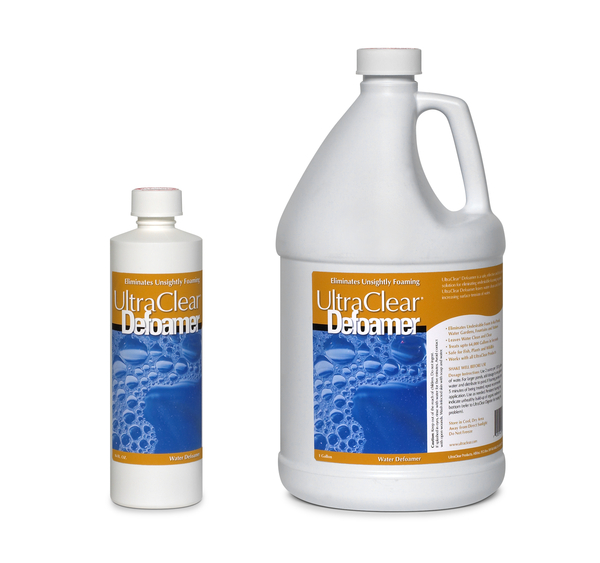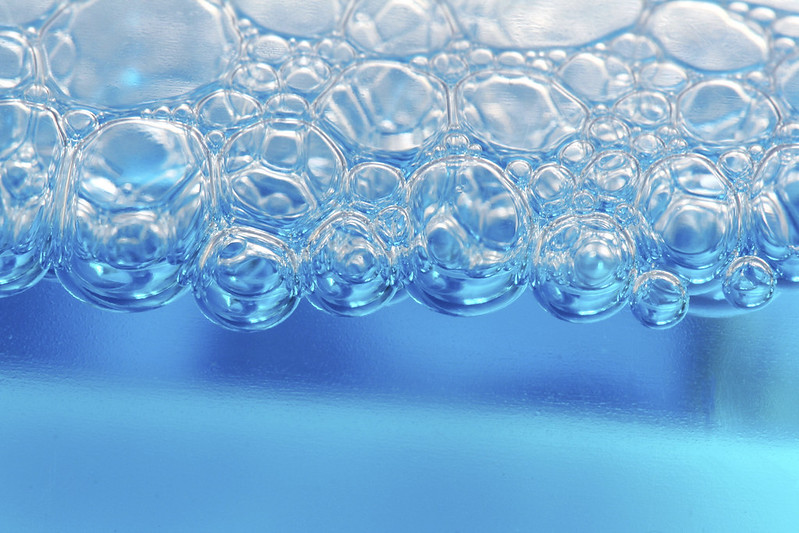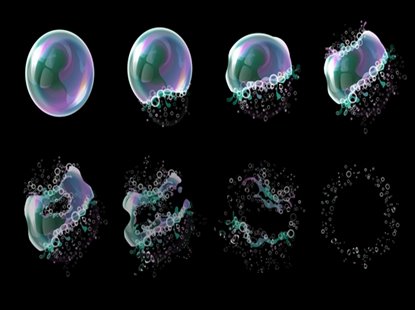Choosing the Best Defoamers for Your Manufacturing Line
Choosing the Best Defoamers for Your Manufacturing Line
Blog Article
The Function of Defoamers in Enhancing Product Top Quality and Efficiency
In numerous making procedures, the visibility of foam can dramatically impede product top quality and functional effectiveness. Defoamers serve as important additives that mitigate this concern, guaranteeing smoother manufacturing operations while improving the useful and aesthetic qualities of the end products (defoamers). Their application spans a wide range of markets, from food and beverage to pharmaceuticals, where consistency and integrity are critical. Nonetheless, the option of the ideal defoamer can be vital to attaining optimal outcomes, elevating essential inquiries about formula compatibility and efficiency metrics that warrant further expedition.
Comprehending Defoamers
Recognizing the role of defoamers is necessary for keeping product quality across various industries. Defoamers are chemical ingredients created to stop the development and minimize of foam in fluid systems, which can negatively impact processes such as mixing, filling, and surface area stress. Lathering can result in ineffectiveness, product problems, and compromised aesthetic allure, making defoamers a vital element in manufacturing operations.
In commercial applications, defoamers assist to improve product consistency and stability. The reliable usage of defoamers not only ensures smoother manufacturing procedures but likewise contributes to superior item performance.
In addition, the selection and formula of a defoamer need to line up with particular application requirements, such as compatibility with various other components, performance under varying temperature level and pH conditions, and prospective governing constraints. Eventually, understanding defoamers' functions and their value in various formulas is crucial for enhancing manufacturing and making certain the best quality final product.
Kinds Of Defoamers
Defoamers can be classified right into several types based on their make-up and device of action. The primary types consist of silicone-based, non-silicone natural, and not natural defoamers.
Silicone-based defoamers are amongst the most effective, mostly as a result of their capacity to spread out rapidly on the liquid surface and interrupt foam development. Their one-of-a-kind chemical framework permits remarkable security, making them suitable for high-temperature applications and environments with differing pH levels.
Non-silicone organic defoamers, usually made up of natural oils or fats, are valued for their biodegradability and reduced poisoning. These are typically used in food and beverage applications where security and environmental impact are critical.
Not natural defoamers, which include materials like talc or calcium carbonate, act by boosting the thickness of the liquid, thus lowering foam stability. They are usually used in commercial procedures where compatibility with other materials is not a problem.
Each kind of defoamer has distinct advantages and limitations, enabling customized remedies depending upon the particular foaming issues run into in numerous applications. Comprehending these differences is crucial for maximizing efficiency and accomplishing desired item high quality.
Applications Across Industries
Countless markets leverage defoamers to boost item quality and functional effectiveness. In the food and beverage field, defoamers are vital in processes such as developing and dairy products production to stop foam formation, which can lead to inadequacies and product inconsistency. By regulating foam, makers can guarantee far better yield and a more consistent product.
In the pharmaceutical sector, defoamers play an important duty in the formula of fluid medicines, where too much foam can hamper mixing and precise dosing. Their use helps keep the stability of the formulations and assists in smoother production procedures.
The paint and finishings sector likewise relies upon defoamers to boost the efficiency of products during application. By reducing foam, these additives make certain a smoother coating and improve the aesthetic qualities of the end product.

Benefits of Using Defoamers
While the application of defoamers varies across sectors, their advantages continually boost item high quality and procedure effectiveness. One considerable advantage is the reduction of foam formation during manufacturing processes, which can otherwise result in production delays and variances in item quality. By minimizing foam, defoamers enable a smoother circulation of products, facilitating more efficient operations and minimizing the possibility of equipment malfunctions.
In addition, the usage of defoamers can boost the look and structure of final products. In sectors such as coatings, paints, and food processing, too much foam can jeopardize the visual aesthetics and total high quality, while the suitable defoamer application ensures a consistent surface and desirable attributes. Additionally, defoamers can add to cost financial savings by reducing waste during production and enhancing the usage of you can try these out raw products (defoamers).

Choosing the Right Defoamer
Picking the appropriate defoamer is essential for enhancing production processes and guaranteeing product quality. The selection of defoamer affects not just the efficiency of foam control however likewise the overall performance characteristics of the end product. Aspects Visit Your URL to think about include the sort of application, the chemistry of the formulation, and the ecological problems under which the product will be made use of.
Various sectors may need specific defoamer kinds, such as silicone-based, natural, or polymeric defoamers. Recognizing the compatibility of the defoamer with the main components is important to avoid adverse responses that might jeopardize item integrity. Furthermore, the defoamer's effectiveness in various temperature levels and pH levels need to be examined to make certain constant performance.
Evaluating the defoamer in small applications can offer beneficial insights right into its performance and viability. Consideration of governing compliance, particularly in food, pharmaceuticals, and cosmetics, is vital in picking a defoamer. Eventually, a comprehensive evaluation of these factors will bring about the selection of a defoamer that not only regulates foam effectively yet also improves the top quality and performance of the end product.
Conclusion

In verdict, defoamers are essential ingredients that substantially improve product high quality and efficiency across various industries. The critical choice and application of defoamers lead to set you back financial savings, enhanced source usage, and boosted client satisfaction.
Foaming can lead to inefficiencies, item defects, and endangered visual allure, making defoamers an essential part in making operations.

Report this page